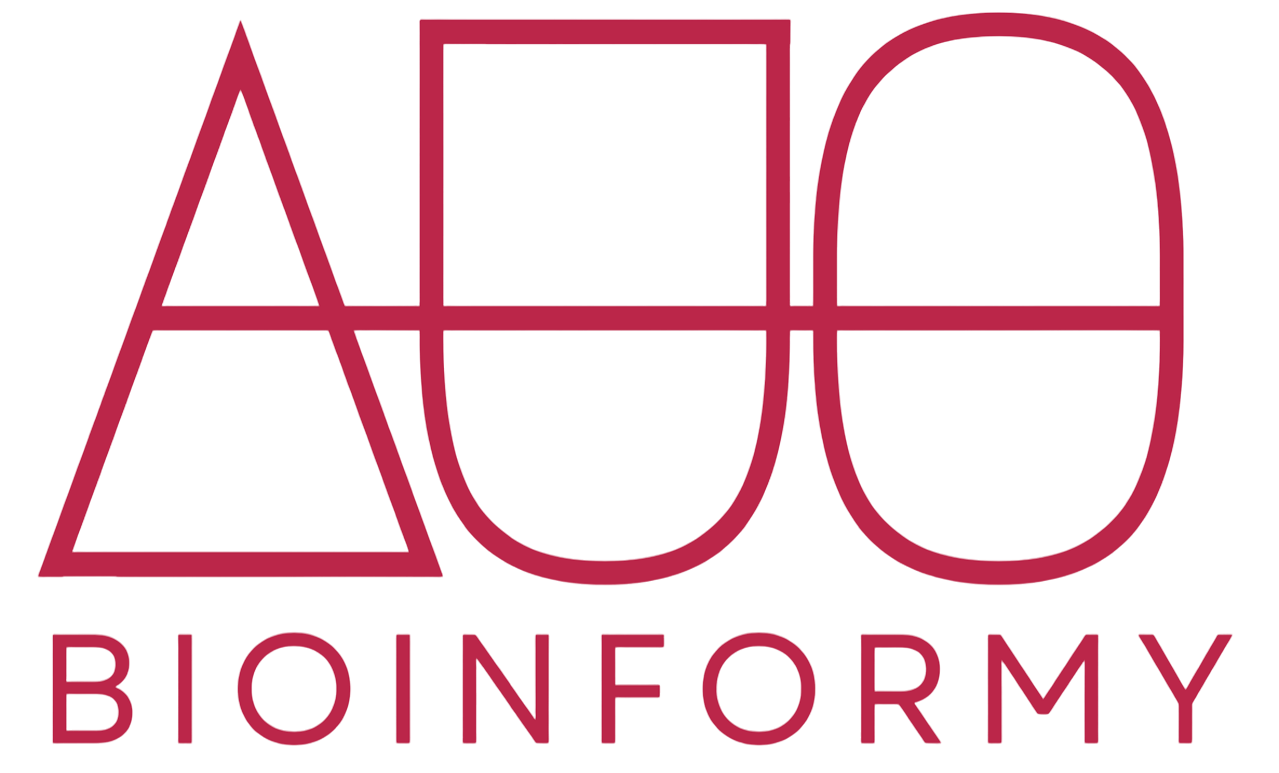R programming language is important for life sciences for several reasons:
The R programming language holds great significance in the field of life sciences due to its ability to serve as a flexible and robust platform for conducting data analysis, performing statistical calculations, and creating visual representations. Its versatility makes it particularly well-suited to tackle the distinctive challenges that arise when handling biological and medical data. R's capabilities provide researchers and scientists with the necessary tools to delve into the complexities and intricacies of their data, enabling them to gain valuable insights and draw meaningful conclusions. By leveraging the power of R, professionals in the life sciences can efficiently analyze and interpret data, ultimately facilitating advancements and breakthroughs in various areas such as genomics, bioinformatics, and drug discovery.
- Data Analysis and Visualization: Life sciences generate massive amounts of data, including genomic data, clinical trial results, and other experimental data. R provides powerful tools and packages for data analysis, statistical modeling, and visualization, making it easier for researchers to explore and interpret complex biological data.
- Bioinformatics: R is widely used in bioinformatics for tasks such as sequence analysis, phylogenetics, and structural bioinformatics. Bioinformaticians use R to develop algorithms, analyze biological sequences, and create visual representations of complex biological structures.
- Statistical Analysis: Life sciences often involve statistical analysis to draw meaningful conclusions from experimental results. R has a rich set of statistical packages and functions that allow researchers to perform various statistical analyses, hypothesis testing, and regression modeling.
- Reproducibility and Documentation: R facilitates reproducibility in research by allowing users to script their analyses and create well-documented workflows. This is crucial in life sciences where research findings need to be validated and reproduced by other researchers
- Integration with Other Tools: R can easily integrate with other programming languages, databases, and tools commonly used in life sciences. This interoperability allows researchers to leverage existing software and datasets effectively.
- Community and Resources: R has a vibrant and active user community in the life sciences. This means that researchers can find support, share code, and access a wealth of resources, including specialized packages and tutorials specifically tailored to life sciences applications.
- Specialized Packages: There are numerous R packages developed specifically for life sciences applications. These packages cover a wide range of areas such as genomics, proteomics, metabolomics, and epidemiology, providing specialized tools for researchers working in these domains.
- Data Wrangling and Cleaning: Before analysis, data often needs to be cleaned and processed. R provides powerful tools for data wrangling, transformation, and cleaning, allowing researchers to prepare their data for analysis efficiently.
The R programming language holds great significance in the field of life sciences due to its ability to serve as a flexible and robust platform for conducting data analysis, performing statistical calculations, and creating visual representations. Its versatility makes it particularly well-suited to tackle the distinctive challenges that arise when handling biological and medical data. R's capabilities provide researchers and scientists with the necessary tools to delve into the complexities and intricacies of their data, enabling them to gain valuable insights and draw meaningful conclusions. By leveraging the power of R, professionals in the life sciences can efficiently analyze and interpret data, ultimately facilitating advancements and breakthroughs in various areas such as genomics, bioinformatics, and drug discovery.

